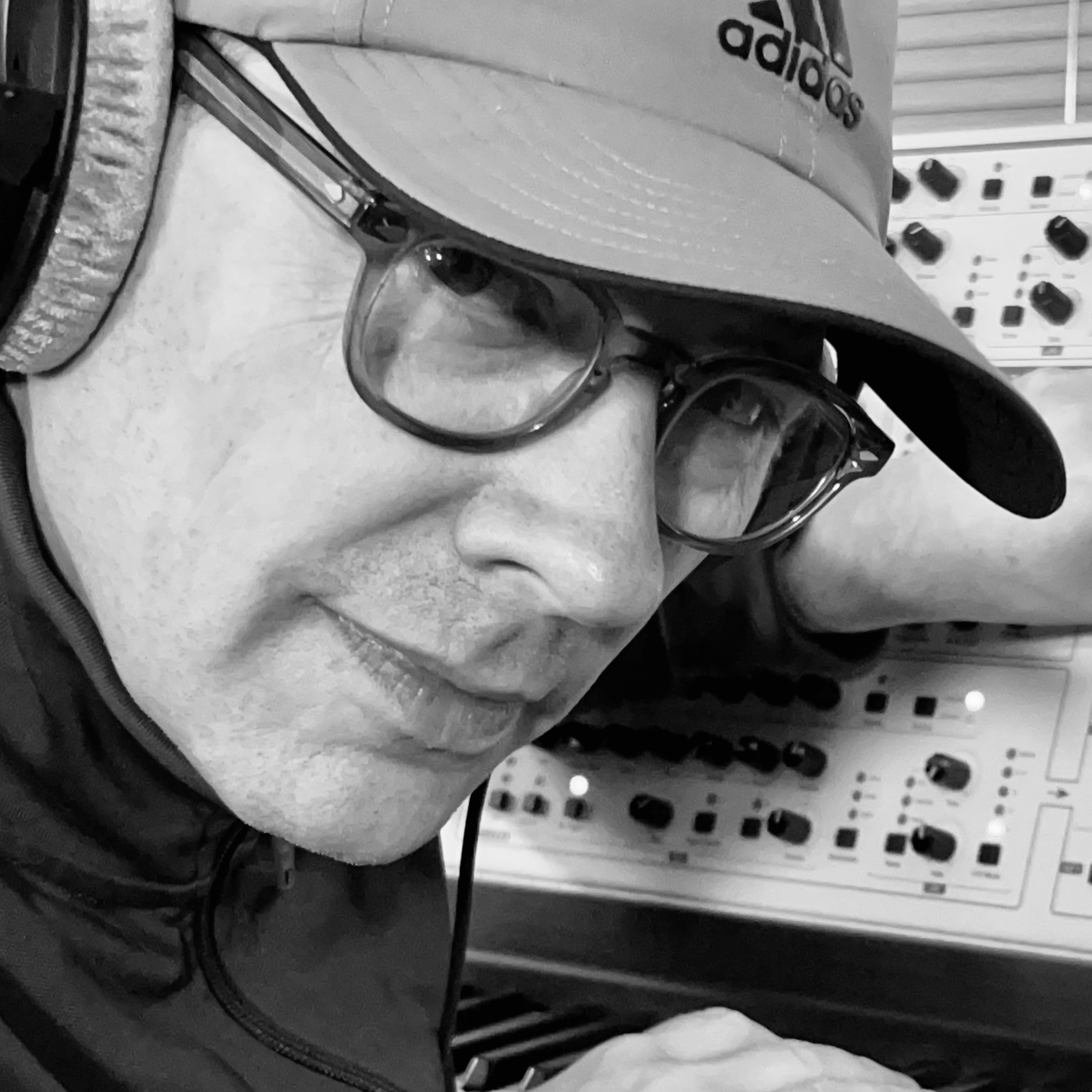“Dolly turned it down - and I’m glad that she did because what Kate did on it is brilliant”: How Peter Gabriel and Kate Bush brought one of the most emotive songs of the 1980s to life
What happened when two musical icons joined forces? The birth of a timeless duet with a surprising country origin…
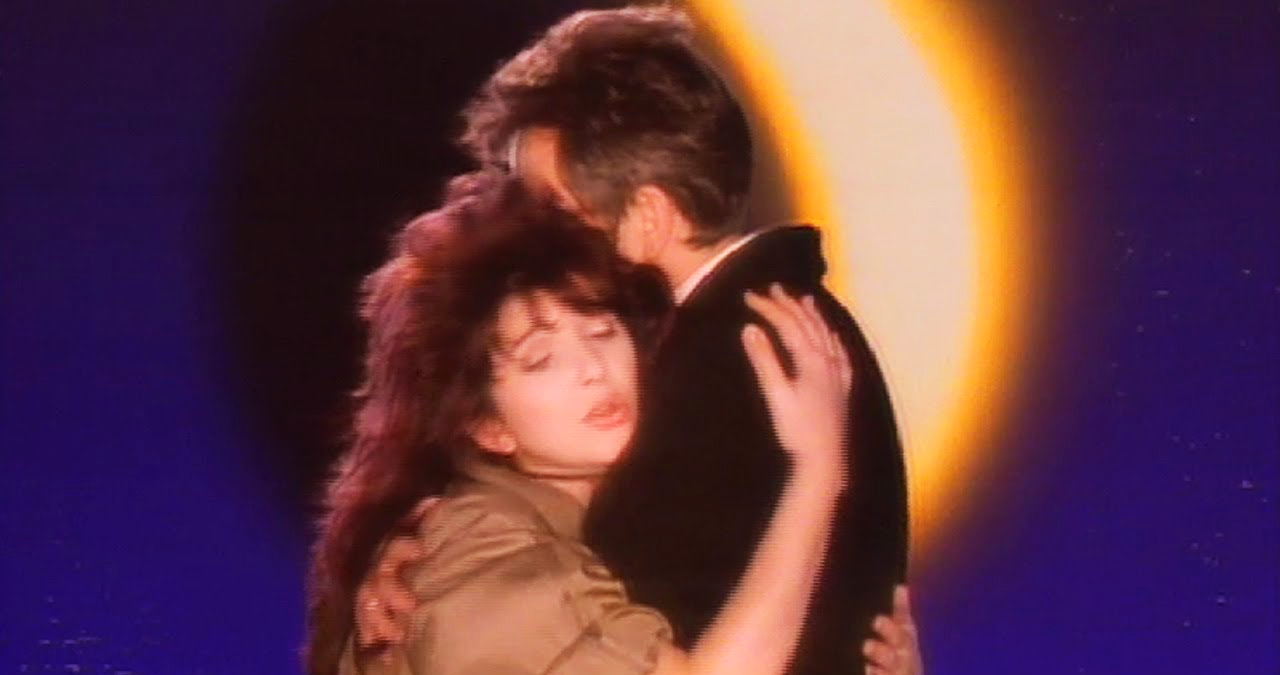
RECORDING WEEK 2025: In a world of music which is often based in commerciality, it's nice to reflect on artists who have always taken a creatively-driven path, pushing the boundaries of songwriting and performance while also embracing new technologies designed to assist musicians.
Peter Gabriel is undoubtedly one of these artists; apart from being a performer of immense moral fibre, he has always embraced new music technology with a sense of wonderment and understanding, while imbuing into it an insatiable fascination for music and rhythms of the world.
Hardly surprising, from the man who started WOMAD, the festival that gave a platform to international artists in music, dance, and the arts.
Gabriel had always been a huge advocate for the use of new technologies to create music. He was one of the first musicians to adopt the Fairlight CMI, embarking upon a crusade to create his own library of samples, and using everything from loops of world musicians… to the smashing of television sets.
While renting Ashcombe House in Somerset as a family home (from 1978 onwards), he hit upon the idea of converting an onsite and unused cowshed into a home studio.
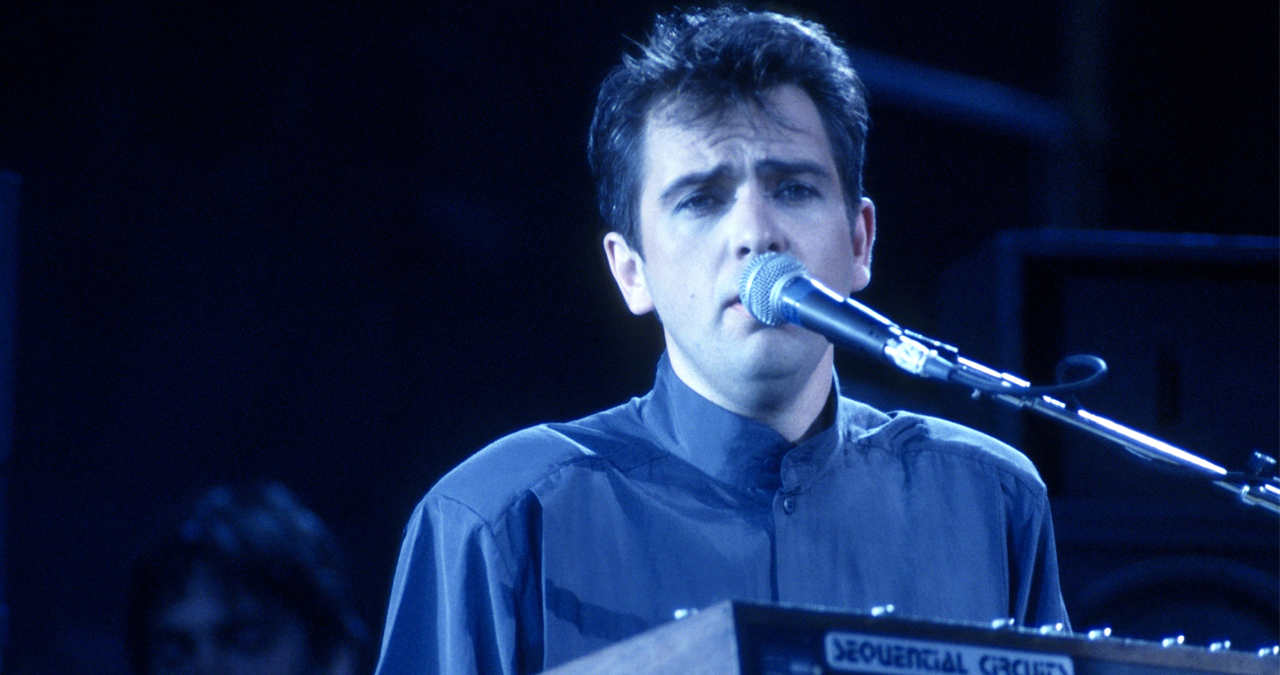
Of course, this would be far from a humble bedroom-bound affair. To function as a professional studio at that time, it would need to be equipped with a live room and extensive multi tracking facilities, alongside Gabriel’s trusty Fairlight and other then state-of-the-art technology, such as the Linn Drum and Prophet 5 synthesiser.
It was first and foremost a creative space, looking very different from most commercial studios - aside from the world-class equipment within, of course.
It was here that Gabriel recorded most of the material for three of his albums; Peter Gabriel 4 (aka Security), the soundtrack for the film Birdy and, most significantly, his fifth studio LP So.
Want all the hottest music and gear news, reviews, deals, features and more, direct to your inbox? Sign up here.
Rightly or wrongly, commercial success had mostly eluded Gabriel, with the odd breakthrough song, such as Solsbury Hill and Shock the Monkey. His audience was very much drawn from the same prog scene that had first become enraptured during Peter’s Genesis days. But all of this was about to change, and change very quickly!
In a slight switch-up of his modus operandi, Gabriel decided to title his fifth album, rather than continue the thread of self-titled albums.
The first single to be released from So would become perhaps Gabriel’s most popular cut, the mighty Sledgehammer. This belter of a song was built upon an immense shuffle groove, laid down by drummer Manu Katché.
Apart from its commercially-angled sound and hooky chorus, the single was accompanied by a music video which had taken many weeks to prepare. Employing the talents of Aardman Animation Studios. The video employed stop-motion animation and plenty of plasticine and soon became MTV staple. This video also featured dancing raw chickens, animated by future multi-Oscar winner Nick Park.
Despite the popularity of Sledgehammer, one other song from the album has continued to adopt an iconic status. Also released as a single, Don’t Give Up was lyrically inspired by photographs taken during the American Depression in the 1930s, by Dorothea Lange.
The desperate nature of the subject matter struck a chord with Gabriel, chiming with the political landscape of the mid 1980s.
“It’s not just a song about a woman supporting a man in a demanding relationship,” Gabriel told Spin in 1986. “The chief thing dragging them down is unemployment, which is presently tearing the social fabric of Thatcher’s England apart. The catalyst for Don’t Give Up was a photograph I saw by Dorothea Lange, inscribed ‘In This Proud Land,’ which showed the dust-bowl conditions during the Great Depression in America. Without a climate of self-esteem, it’s impossible to function.”
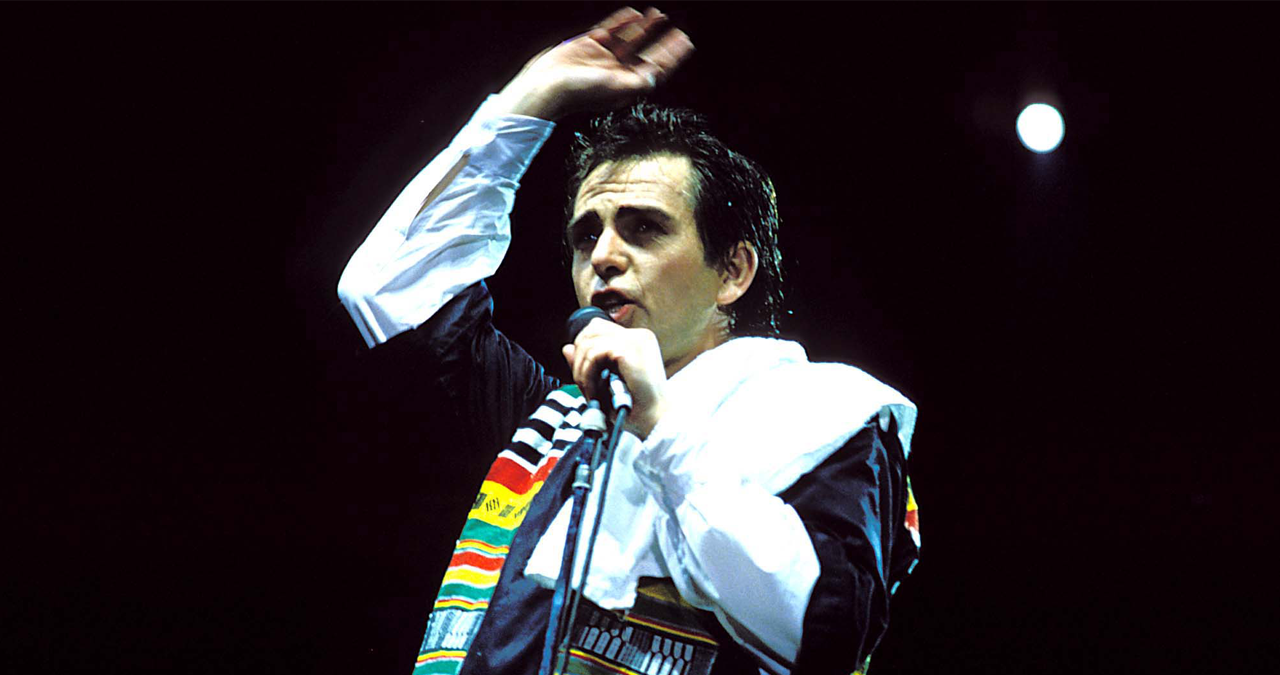
The musical foundation was framed around a Linn Drum pattern which formed the basic groove for the song throughout its entire duration (although live hi-hats were also added).
The Linn pattern made unique use of the toms, which were tuned in such a way, to suggest chromatic movement. Upon hearing this, bassist Tony Levin mimicked the pattern’s phrasing with his own bass part, shoring up the toms witth a robust bassline that fed a further harmony in 3rds.
Underlining that initial subject matter of Dorothea Lange’s photographs, Gabriel had hoped that the song could be performed as a duet, with an American country singer adding some authenticity to proceedings.
Gabriel had hoped country legend Dolly Parton would sing alongside him on the track, but after approaching her management, the message came back that she wasn't interested. At this time in Gabriel's career, he wasn't widely known in America, and there is a suggestion that nobody in Dolly's team really knew who he was, which might explain the lack of enthusiasm to become involved.
“There’s an interesting story about this song,” Gabriel told The Quietus. “Because there was a reference of America roots music in it when I first wrote it, it was suggested that Dolly Parton sing on it. But Dolly turned it down… and I’m glad that she did because what Kate did on it is brilliant.”
The Kate to which Peter refers is, of course, the one and only Kate Bush. Gabriel’s long time friend and creative confidante, Kate didn’t exactly fit the bill of the rootsy country voice he’d first imagined.
Their creative relationship had begun back on her third studio album Never for Ever, when Kate credited Peter Gabriel for “… opening the windows”, which was thought to refer to the role that he played in her discovery and use of the Fairlight CMI. It was this sample-based keyboard that played a pivotal role in the direction of her music from that era.
According to contributors to the recording process, Kate’s arrival and recording session immediately lifted the song up from its basic form into being something far more complete and structured.
Slightly unusually - and possibly because of the design of the creative cowshed - Kate recorded while in the control room, with everyone using headphones.
In the Classic Albums documentary on the recording of So, engineer Kevin Killen recollected the emotion dripping out of her performance, with every hair standing up on his body as she recorded her part.
The underplayed nature of her performance was exactly what was required, noting that it is Kate Bush that effectively provides the chorus to the song, but in such an understated way.
In the same documentary, producer Daniel Lanois noted “I can't imagine it being any better than that is, and she was like an angel that performed it fantastically.
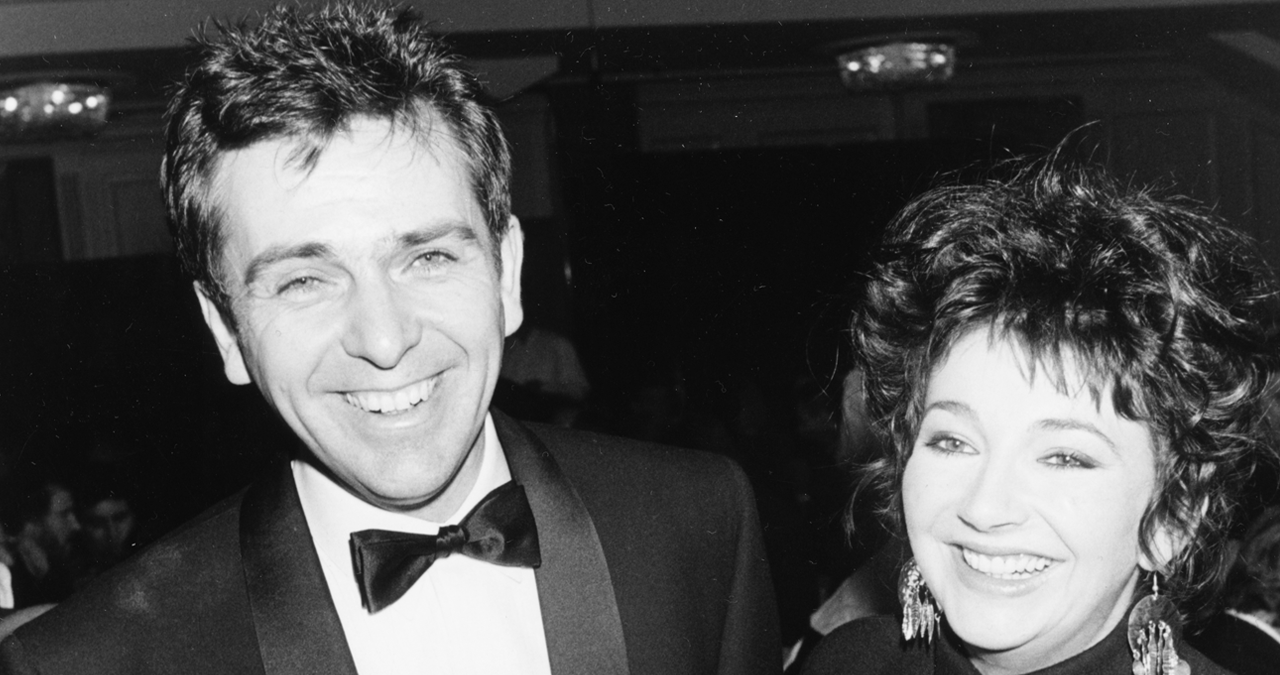
During the bridge section, Gabriel wanted to swing into a more uplifting domain, so he called upon the talents of pianist, Richard Tee.
Providing an out and out gospel feel, Tee played on the entire bridge, balancing the more reflective content of the song.
Known for his extraordinary work with artists as diverse as Bob Marley, Quincy Jones and Paul Simon, Tee effortlessly skirted around the vocal line, without ever encroaching on the positive territory supplied by Gabriel's own sublime vocal performance.
Bassist Tony Levin was keen to employ a subtly different tone during the second half of the song, and was hoping to locate something to dampen the strings on his bass.
As he was travelling with his family, he noticed that his bass case happened to have a disposable nappy in it, which was just the padding required to place behind his strings, in order to create a different tone for the end of the song. Proof that inspiration can sometimes come from the bottom up!
One rather unexpected detail about Peter Gabriel's recording practice, is that he liked to record his own vocal parts, but using a slightly unorthodox set up. He often preferred the recording results obtained through the use of a Shure SM57 dynamic mic, placed directly in front of a small boombox, which would provide his foldback.
Upon its release on 20th October 1986, the song became an instant classic, resonating with listeners who felt their own personal struggles reflected in this superbly crafted, profoundly touching piece of music.
Included in that number, was one Elton John who reflected that, “When I took drugs, in the worst period, that is when I was perfectly aware of where I was slipping, a song helped me resist: Don’t Give Up, by Peter Gabriel and Kate Bush. I was listening to it and I was continuing to repeat aloud: ‘I will not let go, I will not throw in the sponge.’
“Every time that I allowed the situation to beat down, every time that I thought that this life was not worth anything, I put on Don’t Give Up and I convinced myself yes, it is worth the pain,” John reflected.
Above all, Peter Gabriel has gained immense respect over the years, from artistic and technical peers alike. One of his earlier collaborators, programmer Larry Fast, once noted that of all the artists he had ever worked with, Gabriel had the best and most thorough understanding of the technology.
It just goes to show what a potent force technical prowess, coupled with a creative outlook - and an equally creative sidekick in the form of Kate Bush - can do to elevate a song into a much higher league.
Roland Schmidt is a professional programmer, sound designer and producer, who has worked in collaboration with a number of successful production teams over the last 25 years. He can also be found delivering regular and key-note lectures on the use of hardware/software synthesisers and production, at various higher educational institutions throughout the UK
You must confirm your public display name before commenting
Please logout and then login again, you will then be prompted to enter your display name.


